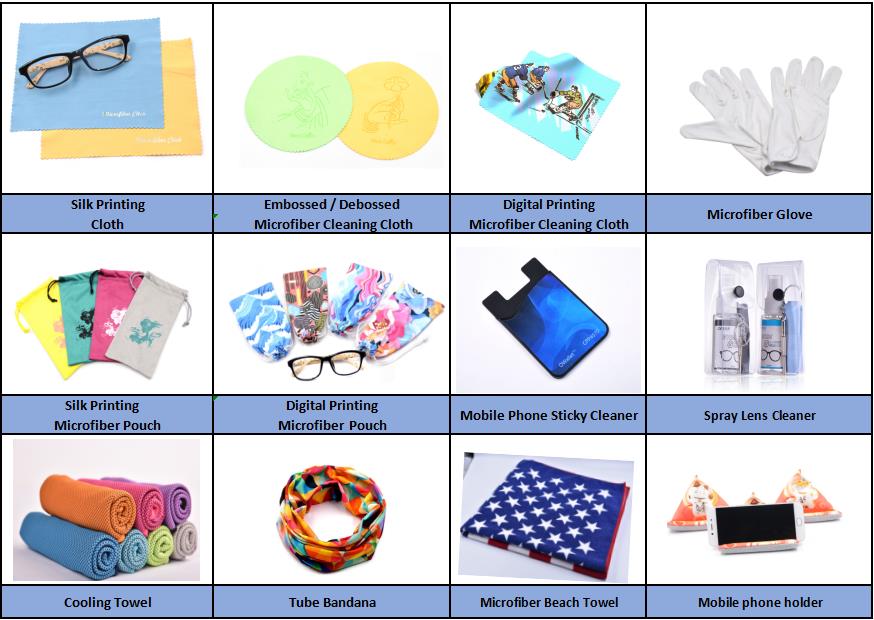As the processing temperature increases, the melt viscosity of the PP resin drops sharply, and the gas decomposed by the foaming agent is difficult to maintain in the resin. The escape of the gas may cause foaming to be difficult to control; more heat will be released during crystallization. The melt strength is lowered, and the bubbles are easily broken after foaming, so that it is difficult to obtain a foam having a high closed cell ratio. If the PP resin can be crosslinked before foaming, the melt viscosity will decrease with the increase of temperature, and the rate will be slower.涣     岣逷 泡沫 泡沫 P foam plastic physical and mechanical properties, cross-linked foam PP than uncrosslinked foam PP heat-resistant temperature increased by 30% ~ 50% ° C, creep resistance improved by 100 times The tensile strength, rigidity, and impact strength are also greatly improved, and oil resistance and wear resistance are also greatly improved. Crosslinked foamed PP technology can be divided into two-step method and one-step method. In the two-step method, PP, a crosslinking agent, a foaming agent and other auxiliary agents are first blended and extruded, and then subjected to a water bath or radiation crosslinking, and finally heated to obtain a foamed plastic. One-step method is to blend and extrude PP, cross-linking agent, foaming agent and other auxiliaries, directly cross-link in the process of extrusion, and decompose the foaming agent to produce foam. However, this method requires accurate control of the degree of reaction in the extrusion process, and thus is difficult. At present, a number of enterprises and research institutions have been researching or have studied the production process of cross-linked foamed PP, most of which are two-step production processes, and a few can be continuously extruded by one-step process. Dote of the United Kingdom has introduced a micro-crosslinked thermoformed PP foam under the trademark Yropazote. The production of this product uses a two-stage process, that is, first extrude a small foamed piece of 3 mm thick, then cross-link it with peroxide or cross-link with radiation, then cut it into a certain degree of twist and then Placed in an autoclave (pressure up to 69 MPa), subject to heat and pressure, while allowing N2 to dissolve therein for a certain period of time, the sheet is moved to a low pressure kettle to allow gas to escape from the system, at which time the sheet expands. Up to 22 times the original, 10% of which have a closed-cell structure with a density of 0.3g/cm2 The Yangzi Petrochemical Research Institute uses organic peroxide crosslinkers, polypropylene and polyethylene compositions for micro-crosslinking during compounding and extrusion. The materials can be used for thermoforming, processing various products, for automobiles, home appliances, Furniture and construction are accepted. China Petroleum and Chemical Corporation Beijing Research Institute of Chemical Industry studied low-irradiation dose irradiation cross-linking production of foamed PP The technology of materials and products has been patented and the expansion ratio is 8-25. The PP raw material with suitable melt flow index is mixed and granulated with various auxiliaries, then tableted, irradiated and crosslinked, and finally foamed in an oven to obtain a foamed PP sheet. Rui Shi Alveo has also been producing radiation cross-linked PP/PE foam for several years.
Various products of Cleaning Cloth, providing product images and basic parameters with each Watch Cleaning Cloth and Eyewear Cleaning Cloth; We are a professional Chinese manufacturer of Cleaning Cloth, and look forward to your cooperation! Year-round online, quick response, and sample offer in time.
Cleaning Cloth Cleaning Cloth,Microfiber Cleaning Cloth,Dust Free Cleaning Cloth,Customized Cleaning Cloth Danyang Flanders Textile Co., Ltd , https://www.flandersmicrofiber.com
